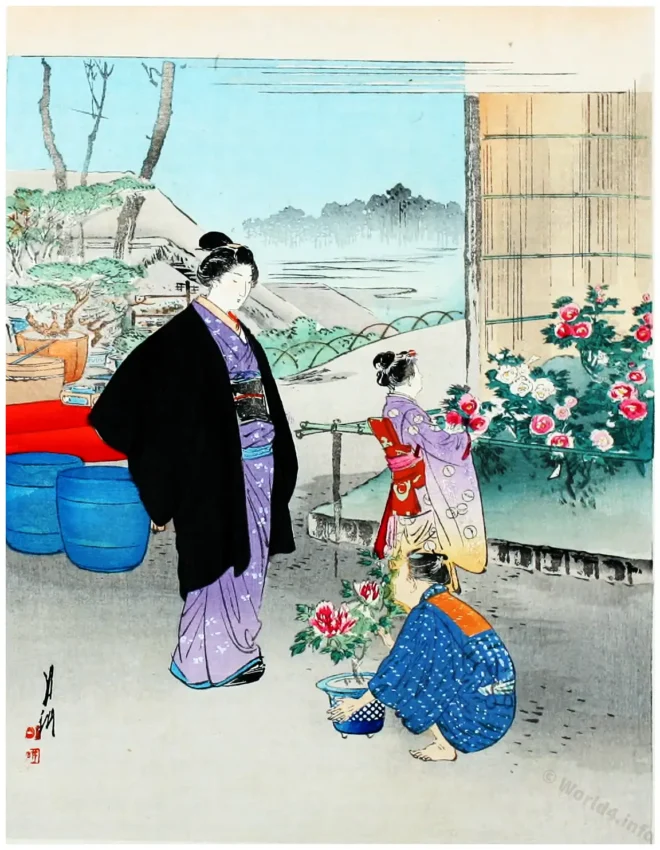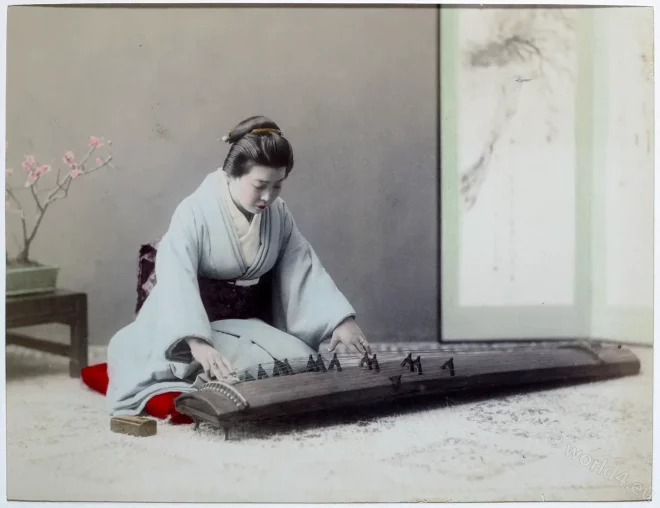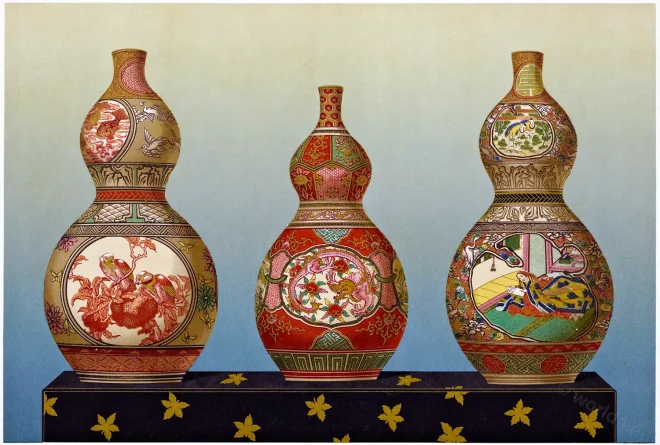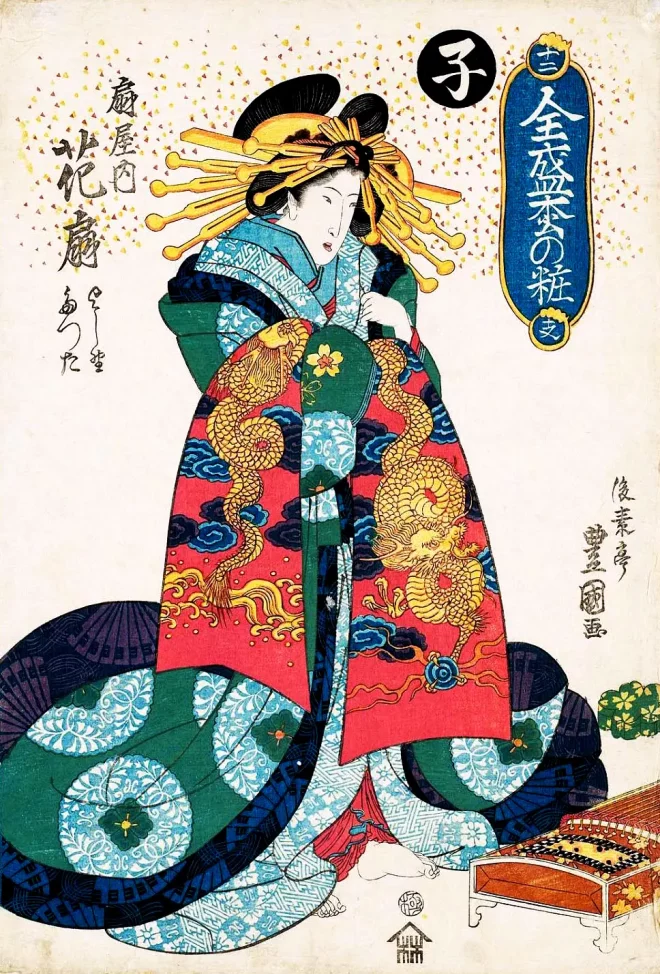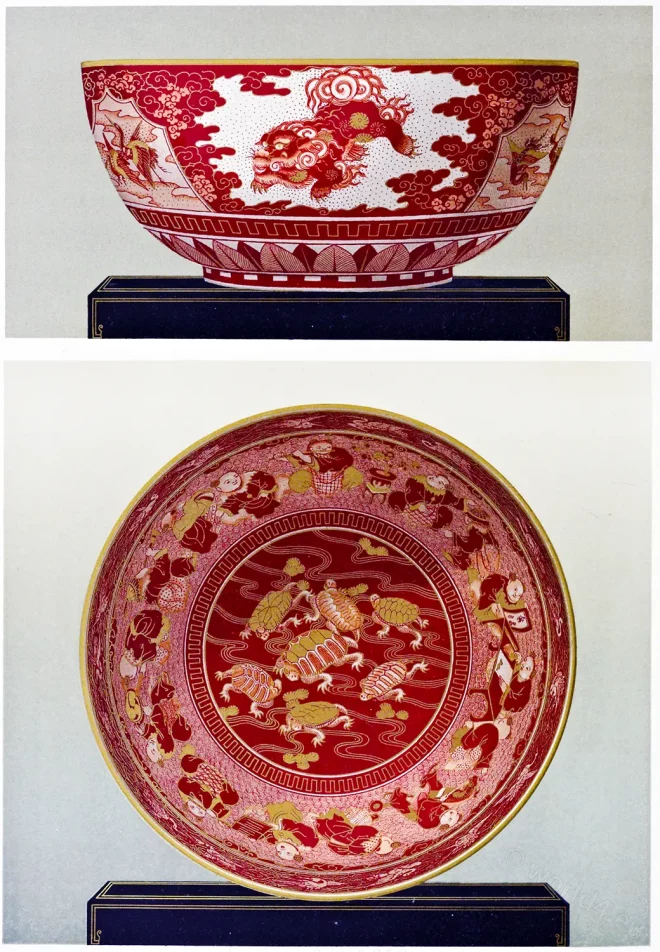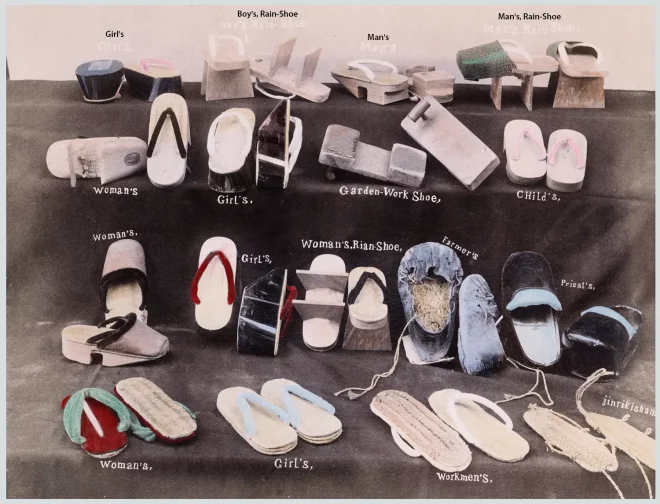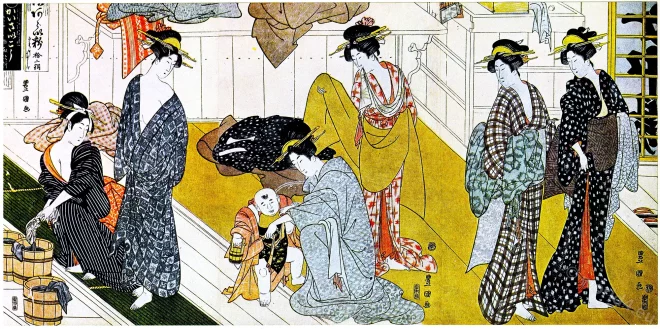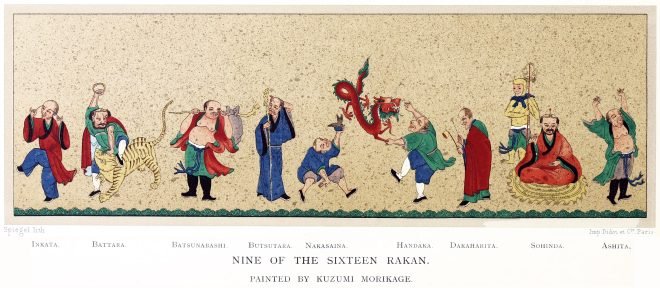It is essentially the favourite flower of the upper classes in Japan, yet play an important part in the art of the country.
Category: Japan
A Koto player. Japanese musical instrument
The koto is the most important of Japanese musical instruments
The Osuwa Park at Nagasaki, Japan.
Gardens are supposed to symbolise abstract ideas, such as peace, chastity, old age, etc.
Old Kaga porcelain. Polychromatic bottles. Japan.
Double gourd-shaped Bottles, of fine polychromatic ware of old Kaga porcelain
Yoshiwara. Lives of famous courtesans, Japan.
The History of the Yoshiwara Yūkwaku. Geisha and Courtesan Life in Old Tokyo.
Bowl of the finest quality of Kaga ware, Japan.
The bowl of red and gold Kaga ware, is one of the finest and most beautiful pieces of the manufacture which has been brought to this country.
Japanese shoes. Historical shoe styles around 1900.
The variety of Japanese shoe shapes and designs is mainly tailored to the weather conditions and the wearer’s profession.
Utagawa Toyokuni. Master of the Ukiyo-e style.
A brilliant artist of high repute in his day. Some of his prints, especially the earlier ones, are of distinguished quality.
Kaga ceramics. Vases and bottle. Japan.
Vases and bottle made from Kaga ceramics.
A bowl (hachi), Ko-kutani, Kaga Japan
Work of Tamora Gonzayemon. Painted by Kuzumi Moriage. Nine of the sixteen Rakan. 17th century.

